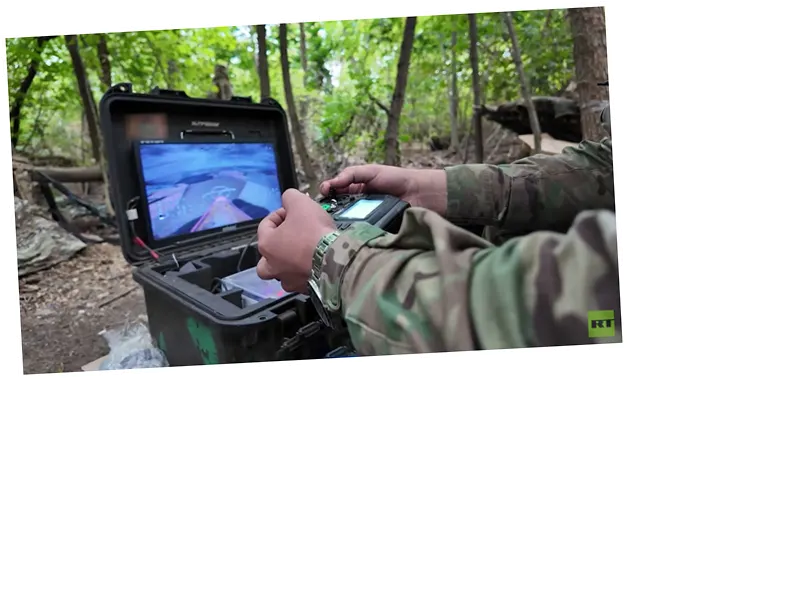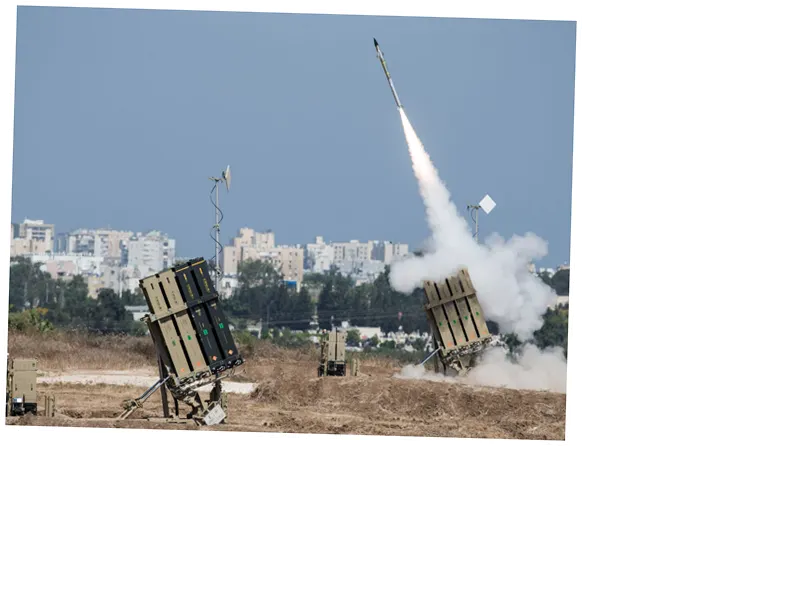Understanding Electromagnetic Weapons and Their Secrecy
Electromagnetic weapons have emerged as a significant advancement in modern military technology, providing a high degree of secrecy during operations. These weapons utilize radiation that is undetectable to human senses, making it incredibly challenging to track the source of attacks. Notably, incidents involving US diplomats in Guangzhou, China, have raised concerns about the potential use of directed energy weapons, leading to symptoms associated with what is known as 'Havana Syndrome.' Reports indicate that these weapons can cause severe health issues, including headaches, nausea, and even brain damage, highlighting the urgent need for awareness and understanding of these technologies.
The Rise of Directed Energy Weapons in Modern Warfare
The global market for directed energy weapons (DEWs) is projected to reach $6.4 billion in 2023, with an annual growth rate of 19.5% anticipated through 2034. Countries like the US, China, and Russia are heavily investing in these technologies as alternatives to traditional kinetic weapons, which can be costly in terms of procurement and maintenance. DEWs, including high-energy lasers and microwave weapons, offer a more efficient and cost-effective solution for modern militaries, allowing them to engage targets with precision and minimal collateral damage. Such advancements represent a paradigm shift in military strategy, emphasizing the importance of technological superiority in contemporary conflicts.
Future Implications and Strategic Considerations
The strategic implications of electromagnetic weapons are profound, as they can potentially neutralize the technological advantages of superior military forces. The ability to disrupt communications, surveillance, and command systems could level the playing field in asymmetric warfare scenarios. Additionally, the low operational cost of these weapons makes them attractive for military applications, enabling nations with fewer resources to challenge more advanced adversaries. As nations continue to develop and deploy these technologies, the landscape of warfare is likely to change dramatically, raising ethical and strategic questions about their use in conflict.






